
03 Jan 2020

Tsunami 2004 : ils ont filmé la catastrophe du siècle
No overview found
An investigation by Professor of Geological Sciences, Roger Bilham, of the science behind the earthquake and tsunami off the coast of Japan on March 11, 2011.
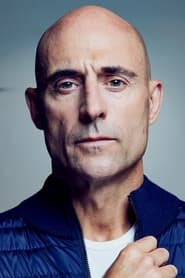
Self - Narrator
Self - Seismologist, University of Colorado
Self - National Oceanography Center, Southampton
Self - Geophysicist, Pacific Tsunami Warning Center
Self - Marine Geologist, Oregon State University
Self - Director, Southern California Earthquake Center
Self - Director, Pacific Tsunami Warning Center
Self - Coastal Engineer, University of Southern California

03 Jan 2020

No overview found

18 Apr 2013

Starting off a kilometre high, travelling at the speed of a jet aircraft, and heading for us. It doesn't make for a good outcome. Hollywood-style graphics and real-life archive bring home an imagined near-future scenario, all based on cutting-edge science. —Trevor

18 Feb 2023

On March 11, 2011, Okawa Elementary School in Ishinomaki City was engulfed by a tsunami, and 74 children, or 70% of the school's children, were killed. 51 minutes elapsed between the earthquake and when the tsunami reached the school. The school was informed of the tsunami and a school bus was on standby, but students did not evacuate. Okawa Elementary was the only school that suffered a large number of casualties in this earthquake. This documentary follows the lawsuit that followed the disaster, where the parents sought the truth behind the tragedy.
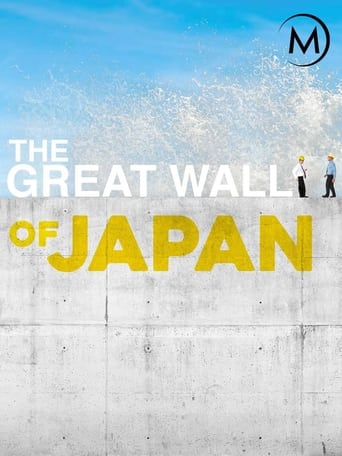
01 Jan 2018

After the disaster of March 2011, the Japanese authorities decided to build a gigantic 15 meter high, 500 kilometer long, anti-tsunami wall, separating the land and the ocean. But what is the environmental and human impact of this wall? The population is divided on their opinion: should they cut the island off from the sea or stay vulnerable to tsunamis? Is there another way?
01 Jan 2014
No overview found

30 Dec 2009

A minute-by-minute account of the Boxing Day 2004 Tsunami told through amateur video footage of people who were there.
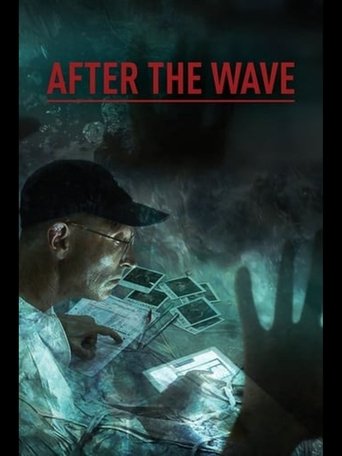
14 Dec 2014

The Boxing Day Tsunami in 2004 was the most devastating natural disaster in modern times, killing 228,000 people across 13 countries in just a few hours. AFTER THE WAVE tells the untold story of this epic forensic operation in Thailand to identify and return home the bodies of over 5,000 victims, both locals and holidaymakers from around the world. Led by a crack Australian team, the best forensic specialists from around the world were in a race against time to give back every victim their identity. Creating forensic history, the international team’s mantra from the outset was ‘we will take them home’, a seemingly impossible ambition but one that almost succeeded. In this film forensic science intersects with powerful stories of survival and loss, attempting to make some sense out of a tragedy so bewilderingly complete that nearly a decade out it still seems far-fetched to most of us.
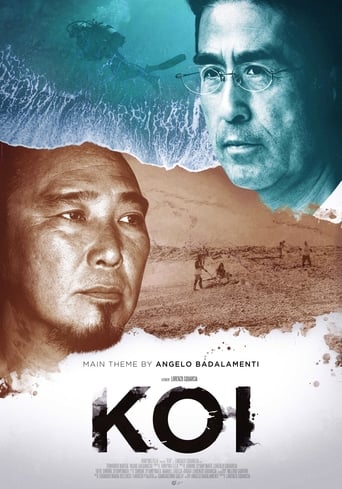
03 Sep 2019

There's no definitive separation as long as there is memory'. Since the Tsunami hit the northern part of Japan's coast in 2011, more than 20 thousand people lost their lives, and many others are still missing. As time went by the families of the victims abandoned all hope and stopped looking for their loved ones. However, this is the story of two men that are still fully committed to their respective searching activities. Even though their backgrounds are extremely different, both share a strong force of will and firmly wish to keep alive the memories of the ones that went missing. Perseverance is what pushed an ex-convict to look for redemption by helping the victims' families to find the remains of their loved ones, and perseverance is what brought a bus driver to start to dive in order to search for his wife.
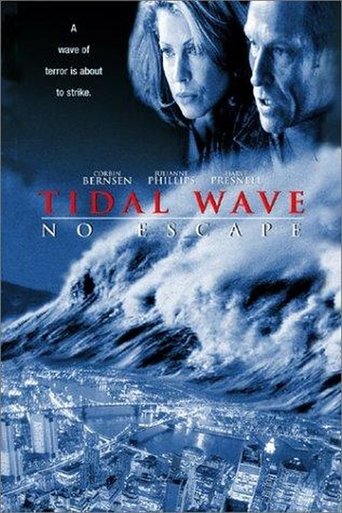
01 Jan 1997

A retired and disgruntled scientist is brought out of retirement to explain why tidal waves are wiping out coastal communities. But is he part of the problem?
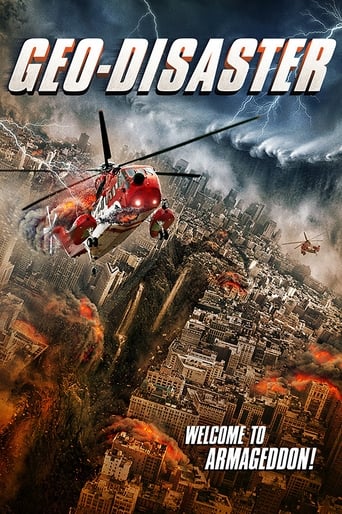
03 Oct 2017

A chunk of dark matter shoots right through earth, causing various worldwide disasters. A family in Los Angeles struggles to survive the ordeal.

25 Jul 2009

An underwater earthquake generates a tsunami that strikes Malibu, bringing a hunting pack of prehistoric-looking goblin sharks to the surface. Although the beach is evacuated before the big wave strikes, a group of lifeguards and a crew of construction workers are stranded in the high water and have to fight the sharks to get to dry land.
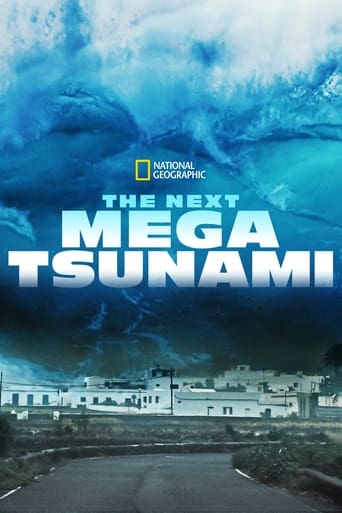
01 Jun 2014

Ten years after one of the most deadly tsunamis ever known, scientists are making a shocking discovery. Experts used to believe that the biggest killer waves were only generated in a handful of regions, but mounting evidence now suggests that more of the world’s coasts, from the Mediterranean to Australia, could be in grave danger. But where will the next Big One strike?

18 Apr 2020

A worldwide scientific investigation on tsunamis. Thanks to exclusive access in Palu, Indonesia, follow the UN’s hand-picked scientific team of "tsunami hunters". Where do they strike? How do they submerge us? What can we do to survive them?
17 Nov 2018
No overview found

25 Sep 2011

Strange things are happening around the Hallig Nordersand: ships are reported missing, numerous seabirds lie dead on the beach. While some locals remember the legend of the witches' hole in the North Sea, others suspect an impending natural disaster or the effects of an industrial project.
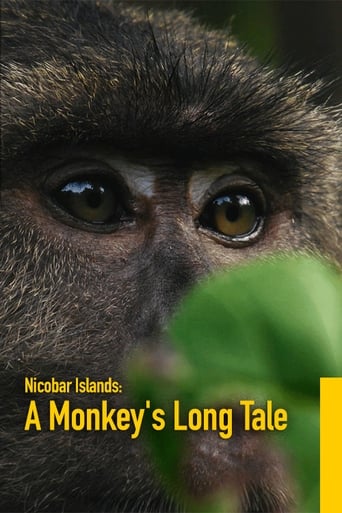
14 Sep 2024

No overview found
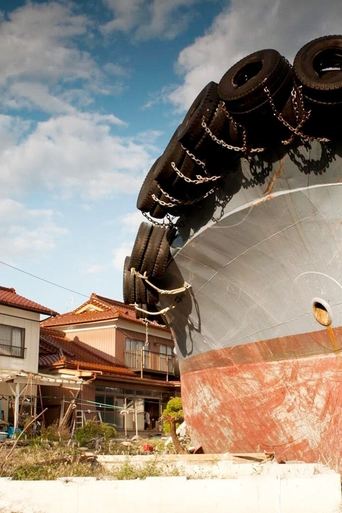
10 Dec 2011

Japan's Tsunami: Caught on Camera
07 Jun 2015
In Japan, a survivor of the 2011 tsunami turns beach debris into gorgeous jewelry.
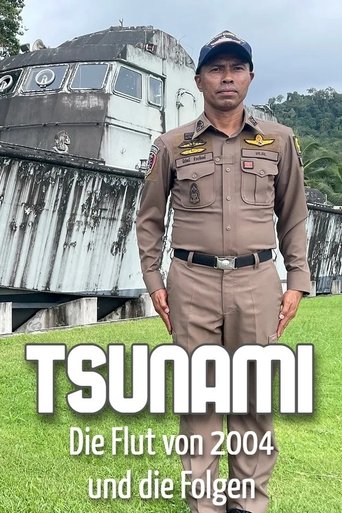
17 Dec 2024

It was one of the greatest natural disasters of all time. On the morning of Boxing Day 2004, a massive tsunami hit the coast of the Indian Ocean. More than 230,000 people died, including many holidaymakers from Germany and France. On the occasion of the 20th anniversary, survivors tell their stories. How has the disaster affected their lives to this day?
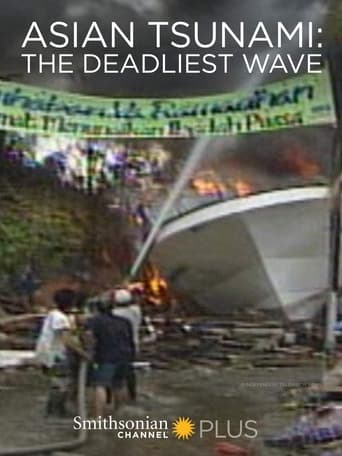
21 Dec 2014

Re-examines the dramatic events of Boxing Day 2004, and investigates the new science of Tsunami forecasting.